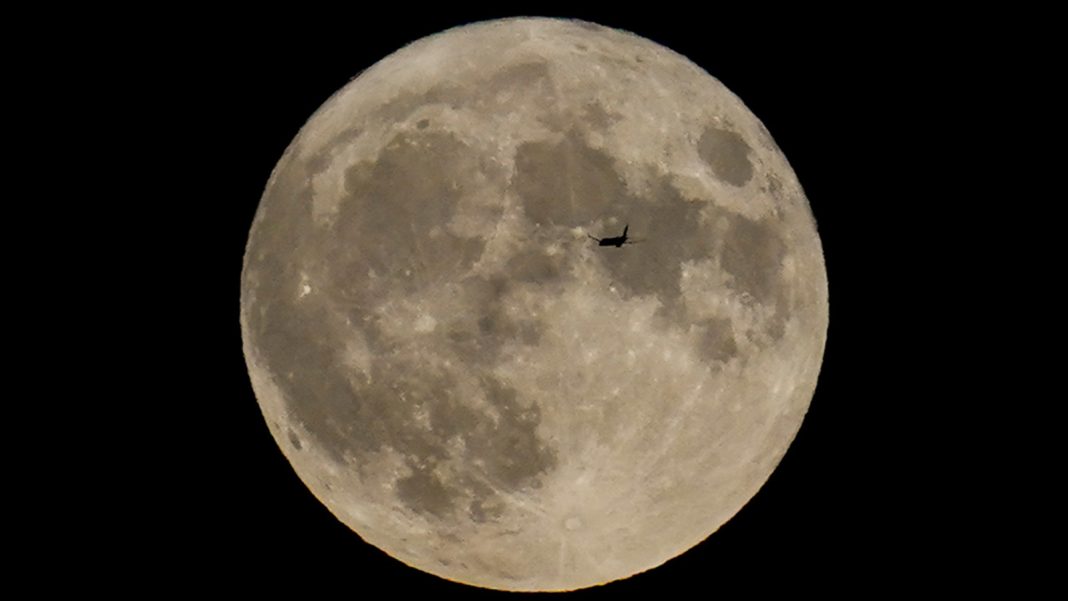Exploring the Moon’s Hidden Caves: Potential Homes for Future Astronauts
Introduction:
Fifty-five years after Neil Armstrong and Buzz Aldrin’s historic moon landing, scientists have made an exciting discovery – a sizable cave on the moon’s surface. This revelation has sparked speculation that there could be hundreds more such caves waiting to be explored by future astronauts. The cave, located in the Sea of Tranquility, just 250 miles from Apollo 11’s landing site, was identified through radar measurements taken by NASA’s Lunar Reconnaissance Orbiter. In this article, we delve into the significance of this finding, the potential benefits of lunar caves, and the implications for future space exploration.
The Existence of Lunar Caves:
For over five decades, the existence of lunar caves has remained a mystery. However, an Italian-led team of researchers has now provided concrete evidence of their existence. By analyzing radar measurements and comparing them with lava tubes on Earth, scientists have confirmed a sizable cave accessible from the deepest known pit on the moon. While the radar data only reveals the initial part of the underground cavity, it is estimated to be at least 130 feet wide and potentially much longer. This discovery opens up exciting possibilities for future lunar exploration.
Astronaut Shelter and Protection:
One of the most significant implications of these lunar caves is their potential use as natural shelters for astronauts. These caves offer protection from cosmic rays, solar radiation, and micrometeorite strikes, which are constant threats on the moon’s surface. Instead of building habitats from scratch, which would be time-consuming and challenging, astronauts could utilize these existing caves. However, it is important to note that reinforcing the cave walls to prevent a collapse would still be necessary.
Exploring Lunar Evolution:
In addition to their potential as astronaut shelters, lunar caves hold immense scientific value. The rocks and materials found within these caves have remained unaltered by the harsh surface conditions over the eons. By studying these materials, scientists can gain valuable insights into the moon’s evolution, particularly its volcanic activity. This new understanding could provide crucial information about the moon’s geological history and shed light on the broader processes that have shaped our solar system.
Future Lunar Missions:
The discovery of these lunar caves has significant implications for NASA’s future lunar missions. With the planned location of astronaut landings at the moon’s south pole later this decade, these findings suggest that there could be numerous pits and lava tubes in that area as well. These areas are of particular interest due to the belief that frozen water, essential for drinking water and rocket fuel, may be present in the permanently shadowed craters. The presence of caves in this region could provide additional shelter and resources for astronauts during their missions.
Conclusion:
The recent confirmation of a sizable cave on the moon, along with the potential existence of hundreds more, presents exciting opportunities for future lunar exploration. These lunar caves offer natural shelters, protecting astronauts from various hazards while also providing important insights into the moon’s geological past. As NASA plans to return to the moon, these discoveries will undoubtedly shape future missions and pave the way for a deeper understanding of our celestial neighbor.


